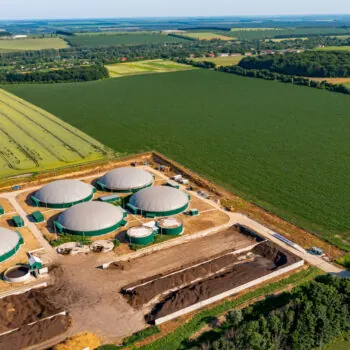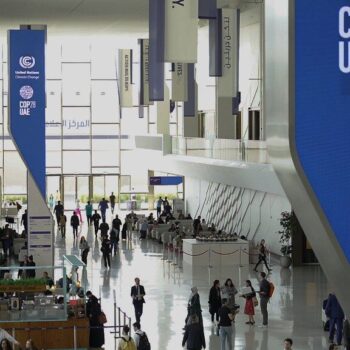Today the network of gas system planners and operators ENTSO-G publishes its latest scenario analysis of European gas infrastructure needs to 2030. Yet according to E3G analysis, none of their scenarios fully meet the newly proposed 30% energy efficiency target for 2030. E3G said that taking gas infrastructure decisions on the basis of this analysis risks leading to stranded assets and to governments’ wasting taxpayers’ money.
Two of the scenarios analysed by ENTSO-G (“Green evolution” and “Green European Revolution”) are a decent attempt at reflecting the 27% energy efficiency objective initially proposed by the European Commission, but none of them scenarios fully meet the newly proposed 30% energy efficiency target for 2030. More worryingly, one scenario (“Blue Transition”) is completely out of touch with the direction the European energy system is taking – a gas company’s Christmas wish.
Under this high gas scenario, ENTSO-G fabricates a future in which the EU consumes more and more gas until 2030 to reach a level of gas demand 26% above what the Commission expects. ENTSO-G assures that this scenario is compatible with European 2050 objectives but is actually unable to prove it since the analysis stops at 2035.
The scenario planning exercise also fails to warn investors of the potential impact of climate and clean energy policies on their business models. E3G finds that the EU would actually have to reduce its gas use by 39% in just 10 years to come back to a pathway compatible with its long term objectives of avoiding dangerous climate change. These plans risk leading to the construction of soon-to-be stranded assets, or locking-in the EU on a high carbon pathway, or both.
The outcome is not all that surprising since the process through which these plans are designed consists of asking people whose business model is based on building new gas infrastructure how much gas infrastructure we should build.
This demonstrates the need for independent and transparent modelling to support network planning, and strongly supports the case for stronger regulatory oversight over ENTSO-G. Both issues need addressing in the negotiations on the ‘Clean energy for all Europeans’ package and the 2017 review of the TEN-E regulation.
ENDS
Available to comment
Commentators are available for further quotes or clarification. Please contact them directly at:
- Manon Dufour (Head of Brussels office) manon.dufour@e3g.org
- Jonathan Gaventa (Director) jonathan.gaventa@e3g.org
Note to editors
- The “Ten-Year Network Development Plans” (TYNDP) are the basis for the selection of infrastructure projects to benefit from the label of “Project of Common Interest” (PCI). This label is key for projects to benefit from streamlined planning and permitting procedures, seeking investors, and gaining eligibility for EU funding through the Connecting Europe Facility.
- The publication and underlying data can be found here.
- E3G is an independent global think tank, working to accelerate the transition to a low-carbon economy. E3G specializes in climate diplomacy, climate risk, energy policy and climate finance.
- In 2016, E3G was ranked the number one environmental think tank in the UK by the Go To Think Tank Index, second in Europe and sixth in the World.


